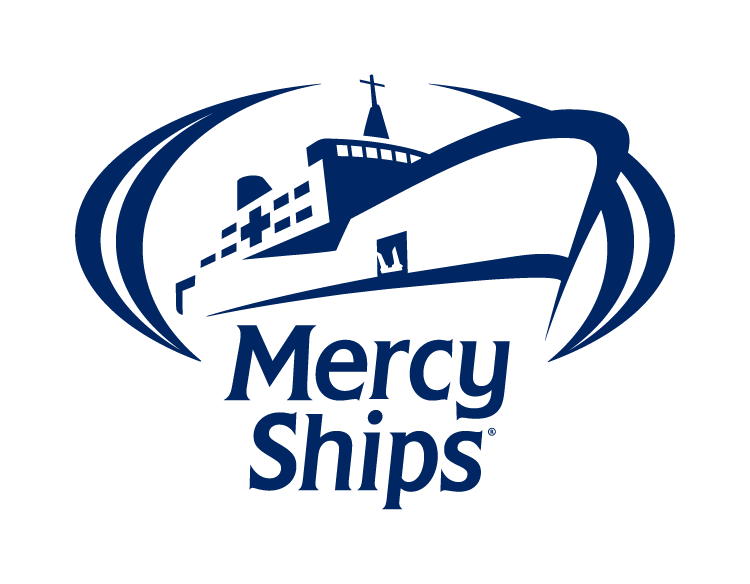Our History
In 1978. The former cruise ship Victoria leaves the waters of Venice, Italy. Its glory is part of the past, its future uncertain. However, for a group of young people, it marks a new destination.
Beginnings
In 1978, the former cruise ship Victoria, departing from Venice, embarked on a new journey of transformation. Don and Deyon Stephens, along with friends in Switzerland, dreamed of converting it from a luxury cruise ship into a hospital ship, bringing hope to those in need, a challenge that many considered impossible.
With the purchase finalized in October 1978, financed mainly by a loan from a Swiss bank, a four-year effort began to convert it into a floating hospital. In 1982, it set sail as ‘Anastasis’, the first Mercy Ship Today, the fleet has visited more than 56 developing countries, impacting over 2.8 million people. Over 1,200 volunteers from over 60 nations unite in this mission, working tirelessly on the front lines and in logistical support.
Mercy Ships is a story of faith, challenges, and achievements. Born from the commitment of individuals inspired by love and compassion, it continues to sail the seas to bring health and hope to those in greatest need.
Mercy Ships in Spain
In 1978, while living in Lausanne, Switzerland, Don and Deyon Stephens had the idea of creating a fleet of ships with medical personnel and humanitarian aid on board to assist the neediest people. Several Spaniards were involved in the transformation of the first ship, Anastasis.
This Spanish collaboration continued throughout the early years of the life of Mercy Ships but gradually faded over time. In the year 2000, Mercy Ships was registered as an NGO in Spain to involve Spaniards once again in this adventure.
In 2011, it was registered as a Foundation in the Ministry of Justice and recognized as an entity of general interest. To this day, the different ships have worked in more than 56 nations, supported by the 17 Mercy Ships offices spread across different countries. Mercy Ships Spain aims to raise awareness, recruit volunteers, collect materials and support from companies, and raise the necessary funds to continue with this valuable mission.
How it all started




